What is patina? Everything you need to know about this vintage, aged look, according to designers and antiques experts
A guide to identifying and maintaining the character of your antique and vintage pieces
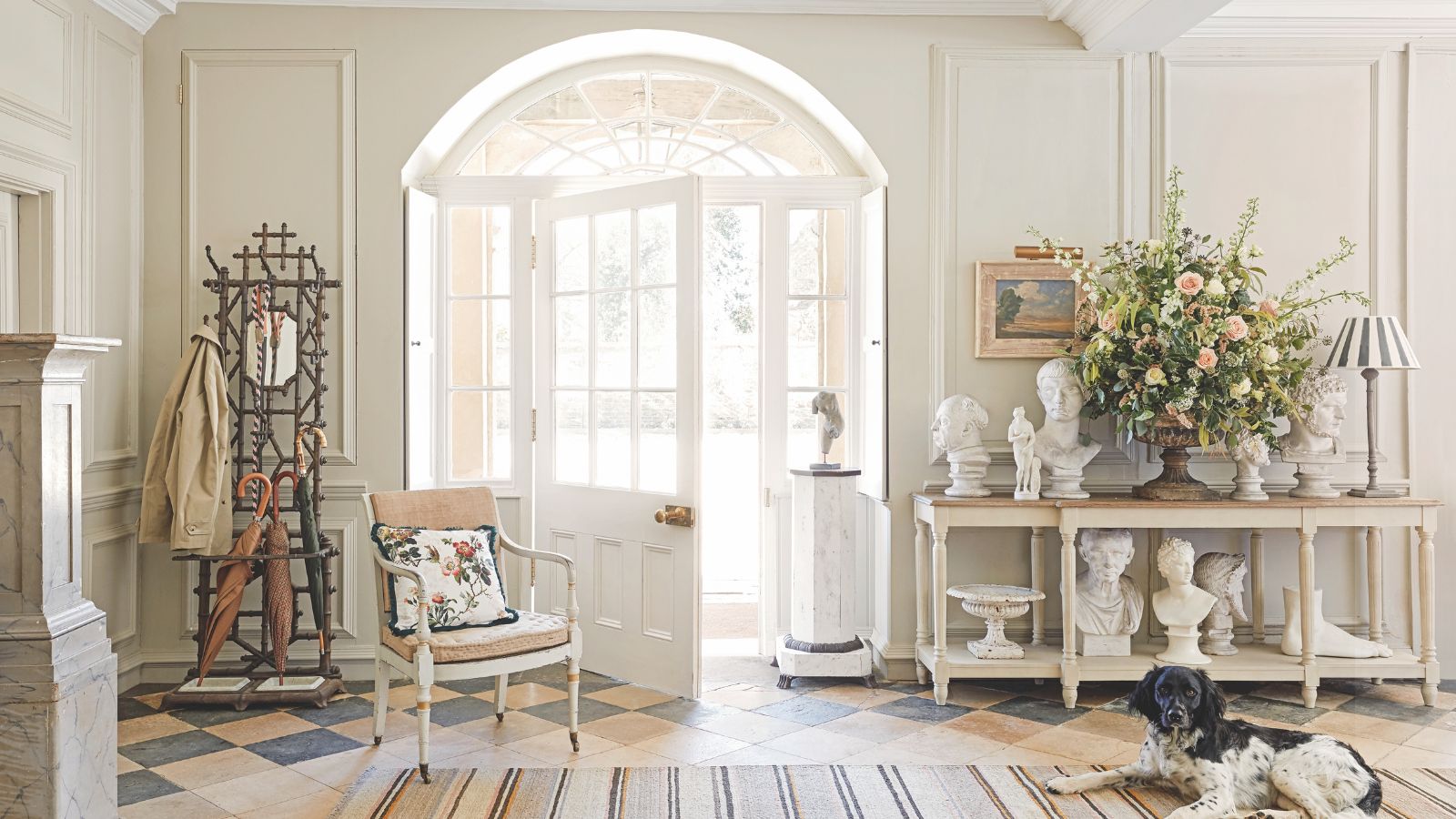

Characterful interiors are the way forward in design. We all crave spaces that feel lived in, personalized, with a sense of longevity and history. So when it comes to decorating our homes and introducing layers of interest, patina has become the buzzword.
A sign of age and a layer of wear that tells the story of an antique, furniture item, or hardware, designers always rave about the beauty of patina. But for anyone who is new to collecting or decorating with antiques and vintage, it can easily be mistaken for a layer that needs to be cleaned and removed.
But patina is something to be treasured and adored – it adds character and charm to old pieces. To help you identify and preserve it, we've turned to experts to find out all you need to know about patina.
What does it mean when something has patina?
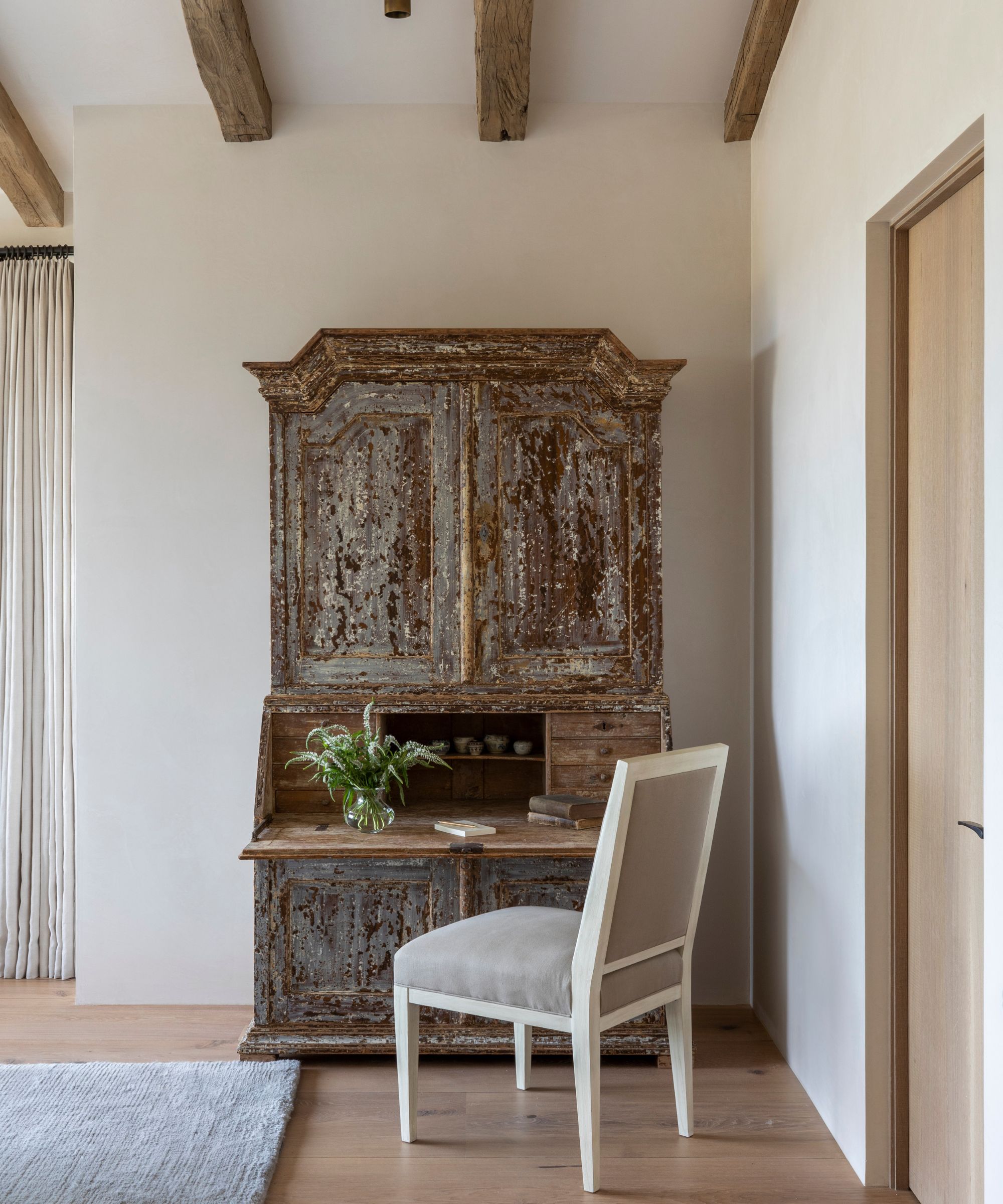
Patina is a layer that forms on the surface of items made from wood, metal, and other natural materials, and is most commonly associated with antique and vintage items. It's not dirt, but rather a layer of age and wear that increases the character.
'It's a rich, natural surface layer that develops over time on vintage and antique pieces,' explains Anthony Barzilay Freund, editorial director & director of fine art at 1stDibs, who has extensive experience in handling beautiful antique furniture and decor.
'Often associated with fine furniture and decorative items made of wood and metal, patina develops organically as materials react to the environment, whether through oxidation or as a response to moisture, sunlight, or even minerals and dust in the air,' he adds.
There are a few different ways patina forms, one of the biggest being oil, whether it's transferred from our hands as we hold them or from the waxes and cleaners we use for upkeep.
Design expertise in your inbox – from inspiring decorating ideas and beautiful celebrity homes to practical gardening advice and shopping round-ups.
'As the material absorbs these different elements, it develops a surface with incredible warmth and character, and this patina is the true allure of many antique and vintage pieces,' adds Anthony.
'Patina can also reference the normal wear and tear (dings, scratches, small stains, and the like) you’ll find on vintage and antique pieces. Rather than seeing these as negatives, they’re appreciated for the character and visual interest they lend.'
What does patina look like?
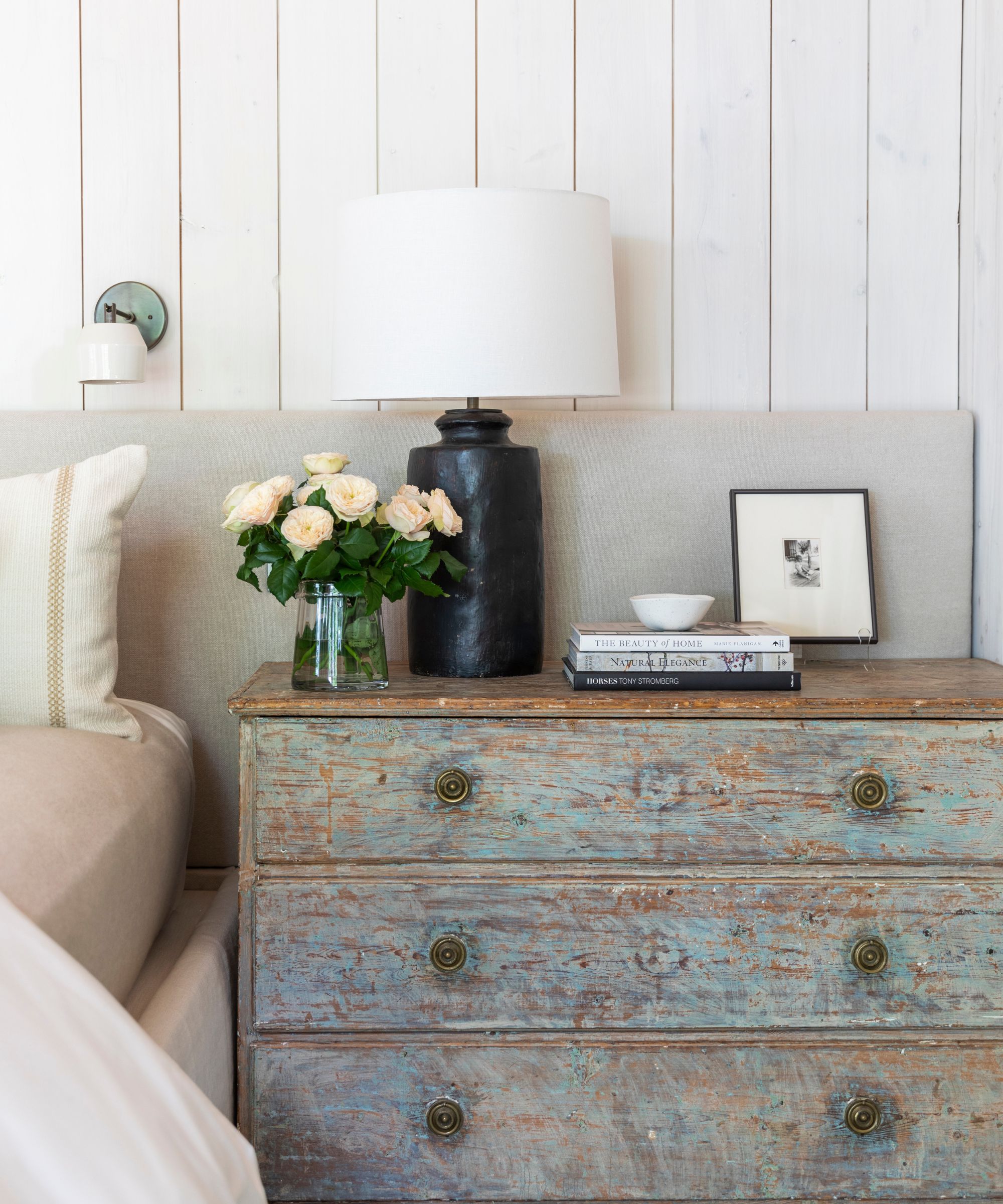
Patina presents differently depending on the material of the object it's on. But once you know what to look out for, whether it's wood or metal, it's easy to differentiate between patina and build-up that needs to be removed.
'With wood furniture, patina is a rich surface with natural variations in tone and expected signs of age and wear, particularly in areas where the piece would experience frequent use, such as around drawer or door pulls, on table tops, or near the feet,' explains Anthony. Wood patina usually takes on a darker or grayish hue with natural wood tones peeking through.
Patina on metals is usually easier to identify and is the finish most people associate with the term. 'Bronze develops a wonderfully rich patina, while also shining to a golden color where most frequently rubbed, whereas copper develops a recognizable verdigris, or green, surface patina,' Anthony explains.
Should you keep or remove patina?

Retaining or removing patina from furniture and antiques is an area of contention, but we buy old pieces for their charm and character, so it comes as no surprise that it's more favorable to keep patina than get rid of it.
'Patination is part of a natural discoloring process that happens over time and brings immense character to an item of furniture. If an item is dirty or grimy, then absolutely this should be removed, but not at the expense of losing the patina,' says interior designer and antique expert Benji Lewis.
This is why it's so important to be able to differentiate between patina and grime or damage. Removing the patina can take away the character and unique appeal of an antique – if you don't like the patinated, time-worn look, it's probably best to avoid buying antiques that can be prone to it.
Anthony agrees with Benji, adding: 'Patina should always be preserved, as in many instances, patina plays a significant role in the value of period antiques. Patina should not be confused with surface grime or non-original finishes, and some pieces may require care and restoration to look their best.'
How does it differ from rust or tarnish?
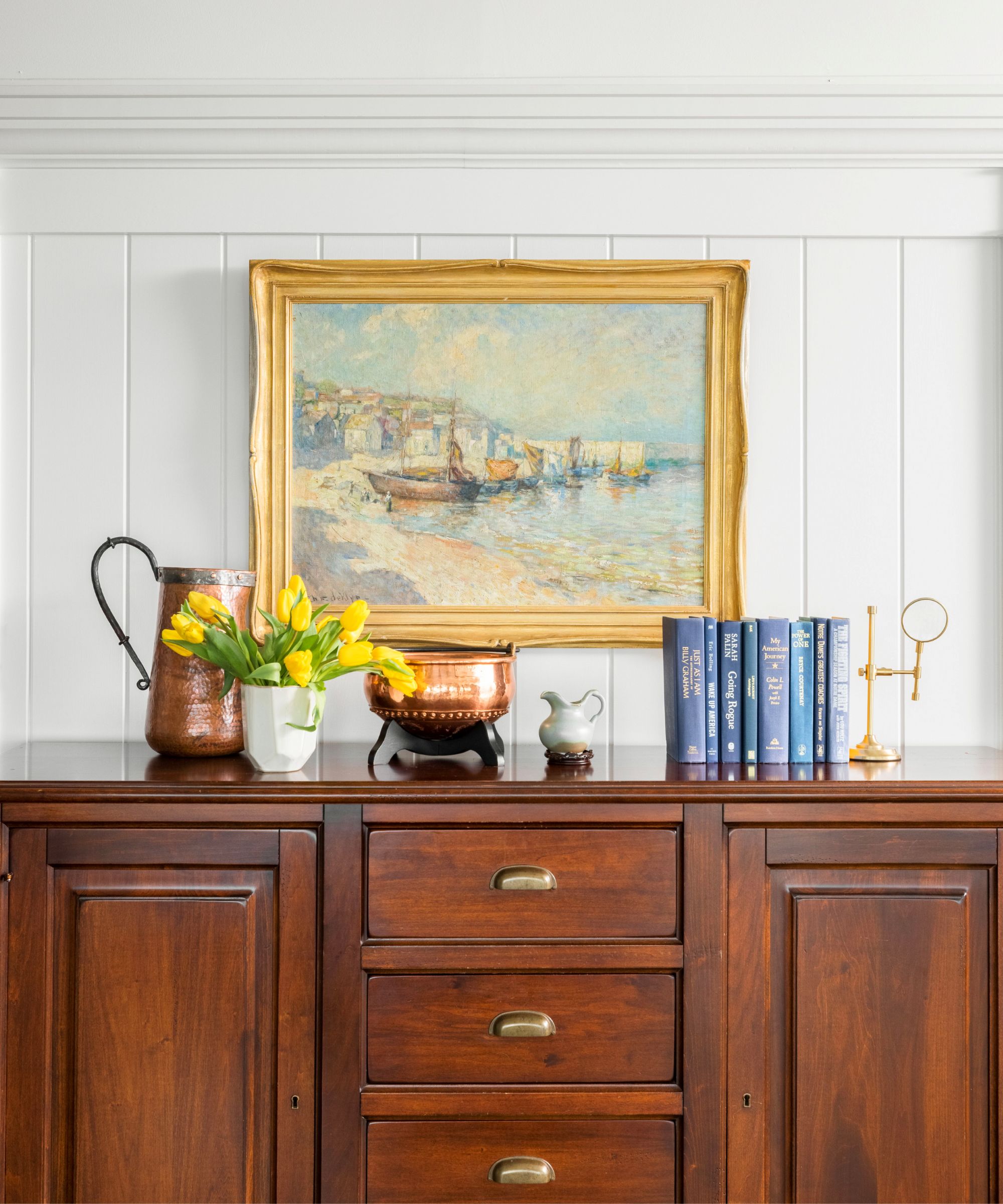
One of the most common questions asked is how patina differs from rust or tarnish, which is typical of older pieces or those that haven't been looked after very well. And there are some clear differences to look out for.
'While patina is the development of a surface layer, rust and tarnish are undesirable forms of corrosion caused by oxidation. They impact finish and surface luster, and they can cause structural damage through the deterioration of the metal itself,' explains Anthony.
'While tarnish can be thought of somewhat interchangeably with patina when it comes to copper or bronze, there is a difference, particularly with metals like silver. Judging by appearance, it really comes down to whether the oxidation of the metal has led to a richer, antiqued surface or whether the oxidation has dulled the finish and diminished the piece’s luster and aesthetic appeal.'
Rust is generally quite easy to identify, usually showing up more orange in color and leading to corrosion and the outer layer of the metal. Tarnish can be slightly more difficult to differentiate, but it's usually much duller and has a less interesting finish. If in doubt, always consult an expert.
How to preserve patina
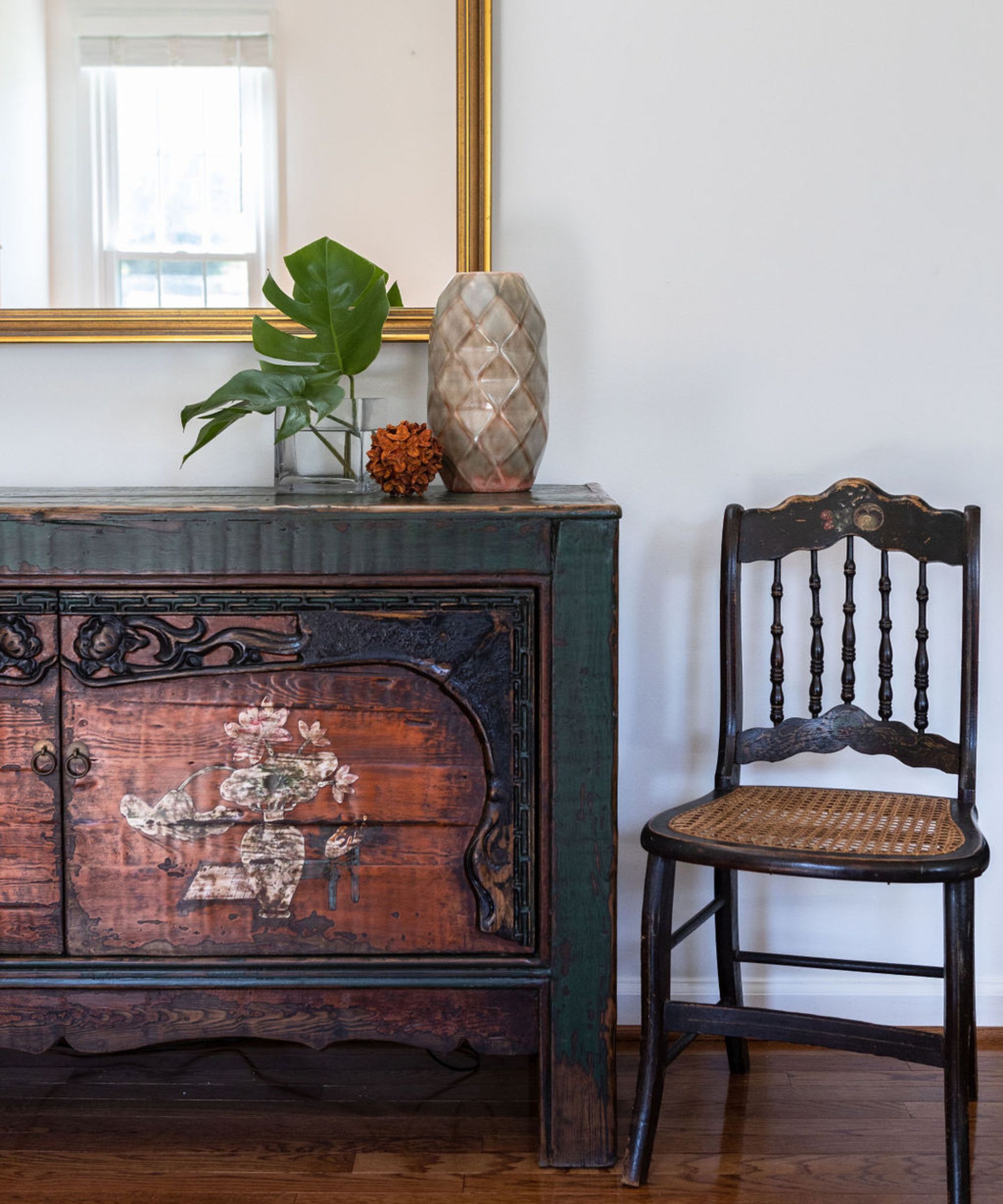
There are two levels to maintaining patina while simultaneously keeping your antique and vintage items clean. Firstly, the way you store smaller, more decorative items and where you place larger furniture items is key.
'The best way to preserve the patina of your pieces is with regular care and proper storage ideas. Keep your pieces free of dirt and dust, out of direct sunlight, and in environments that are temperature and humidity-controlled,' says Anthony.
'If your fine silver is not in regular use, keep it well stored in acid-free paper or anti-tarnish cloth so it has less exposure to air,' he adds. Storing items correctly is key to making sure they don't decay in storage, which will in turn help to protect any patina.
On the other hand, regular cleaning is another important step that will ensure your antiques and vintage furniture and decor stay in beautiful condition. But be sure to stay away from harsh chemicals that can cause damage.
'I would start the removal of dirt with the firm rub of a soft duster and see where that takes me. If the dirt isn’t lifting, I’d give the item of furniture a wash with some (but not too much) warm water and a small quantity of soap, using a soft bristle toothbrush on particularly grubby areas,' suggests Benji.
'For furniture, periodic waxing or professional polishing will help to ensure that woods retain the moisture they need to prevent splits or cracks and develop patina,' adds Anthony. Danny Van's All Natural Beeswax Furniture Polish comes highly rated, but make sure you do your own research before purchasing wax or polish for your antique furniture.
There is only so much you should do yourself, though. If these lighter cleaning techniques don't do the job, it's best to consult an antiques or restoration expert who will know the correct approach that won't damage the antique or remove the patina at the same time.
Should you fake or speed up patina?
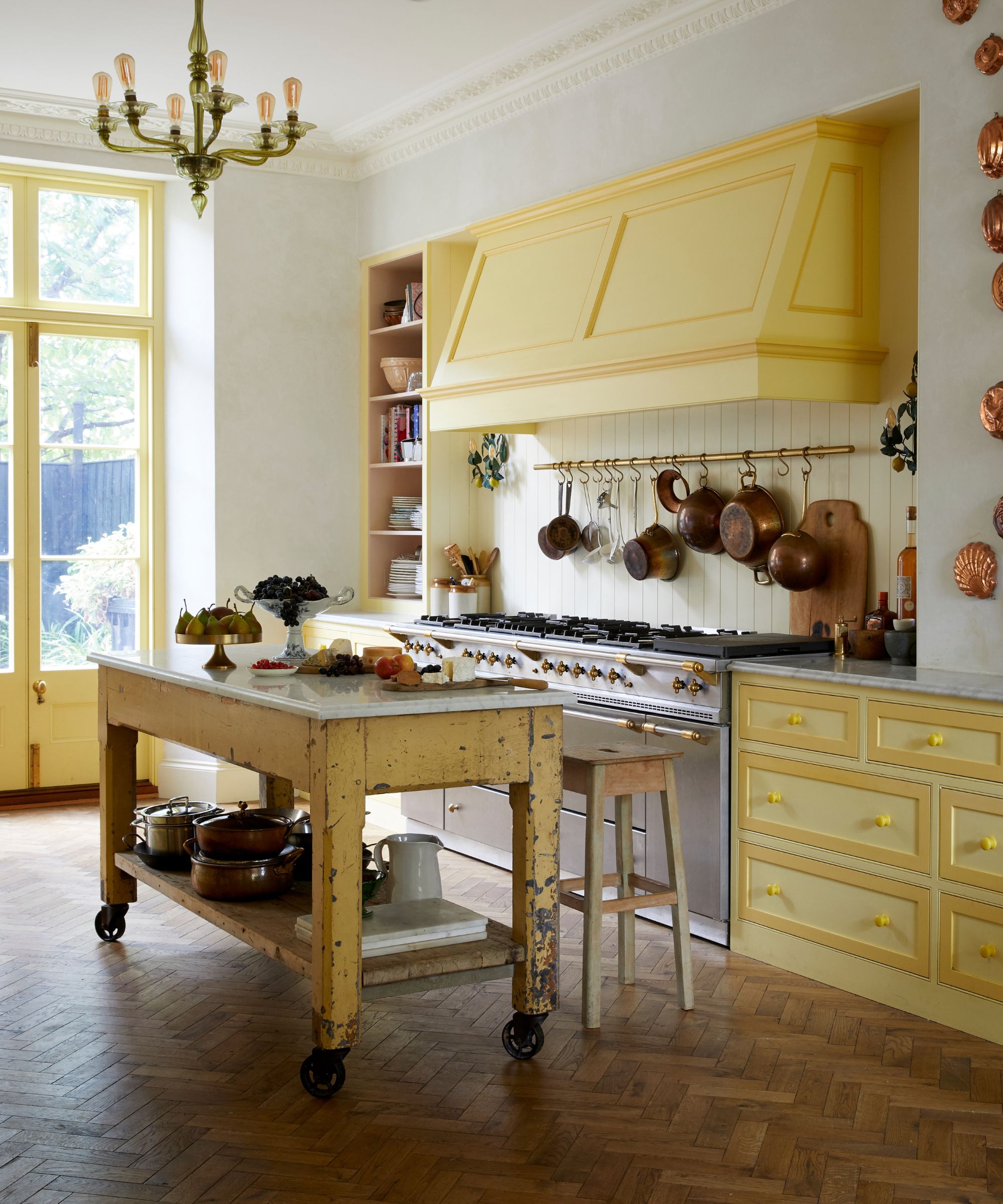
There is a trend for faking or accelerating patina on furniture and decor, especially when it comes to outdoor terracotta pots, wrought iron furniture, copper pots, and even mirrors. But it's not a technique experts would ever recommend.
'A beautiful patina is very subtle and can only be developed naturally over time. Don’t try to rush the process; a faked patina will almost certainly fall short of expectations, and vintage-style furniture and historic reproductions bear little resemblance to the real thing for this very reason,' says Anthony.
'When I’ve shopped for antique furniture in the past I’ve found so often that some dealers have removed all of the old patination on items and then coated them in a horrid kind of orange slosh to suggest age but this doesn’t work, things just look devoid of character,' adds Benji, who is also not a fan of forced patina.
You also risk damaging your antiques if you try to force patina, especially when chemicals are introduced. Have a bit of patience and allow the process to happen naturally – it will look far more authentic.
Decorating with vintage and antiques is a stylish and timeless way to bring character to your interiors, but certain pieces will require upkeep and careful consideration of placement. Patina is something to be admired and maintained – it's a symbol of the history of the antique or vintage piece.
If you're trying to start an antiques collection, make sure you consider the care different items need and whether or not they need to be kept out of sunlight or away from damp rooms, as this is key to not only protecting the patina but also preventing general damage, too.
If you love the look of older pieces but don't think you can or want to deal with the upkeep, there are some lower-maintenance options, like decorating with vintage fabrics or even introducing vintage kitchen hardware.

I’ve worked in the interiors magazine industry for the past five years and joined Homes & Gardens at the beginning of 2024 as the Kitchens & Bathrooms editor. While I love every part of interior design, kitchens and bathrooms are some of the most exciting to design, conceptualize, and write about. There are so many trends, materials, colors, and playful decor elements to explore and experiment with.
You must confirm your public display name before commenting
Please logout and then login again, you will then be prompted to enter your display name.